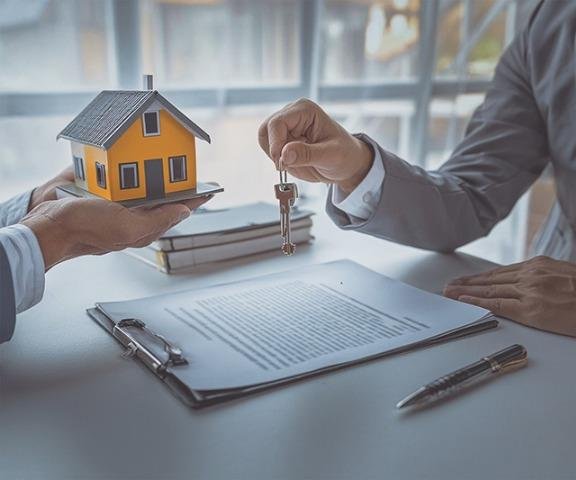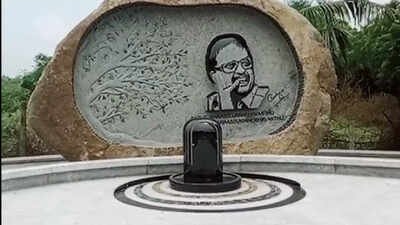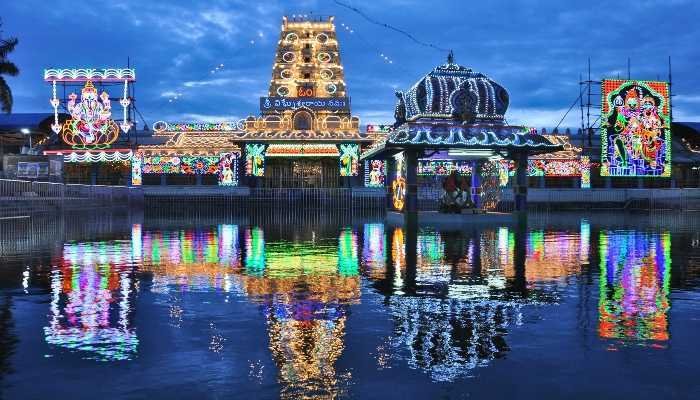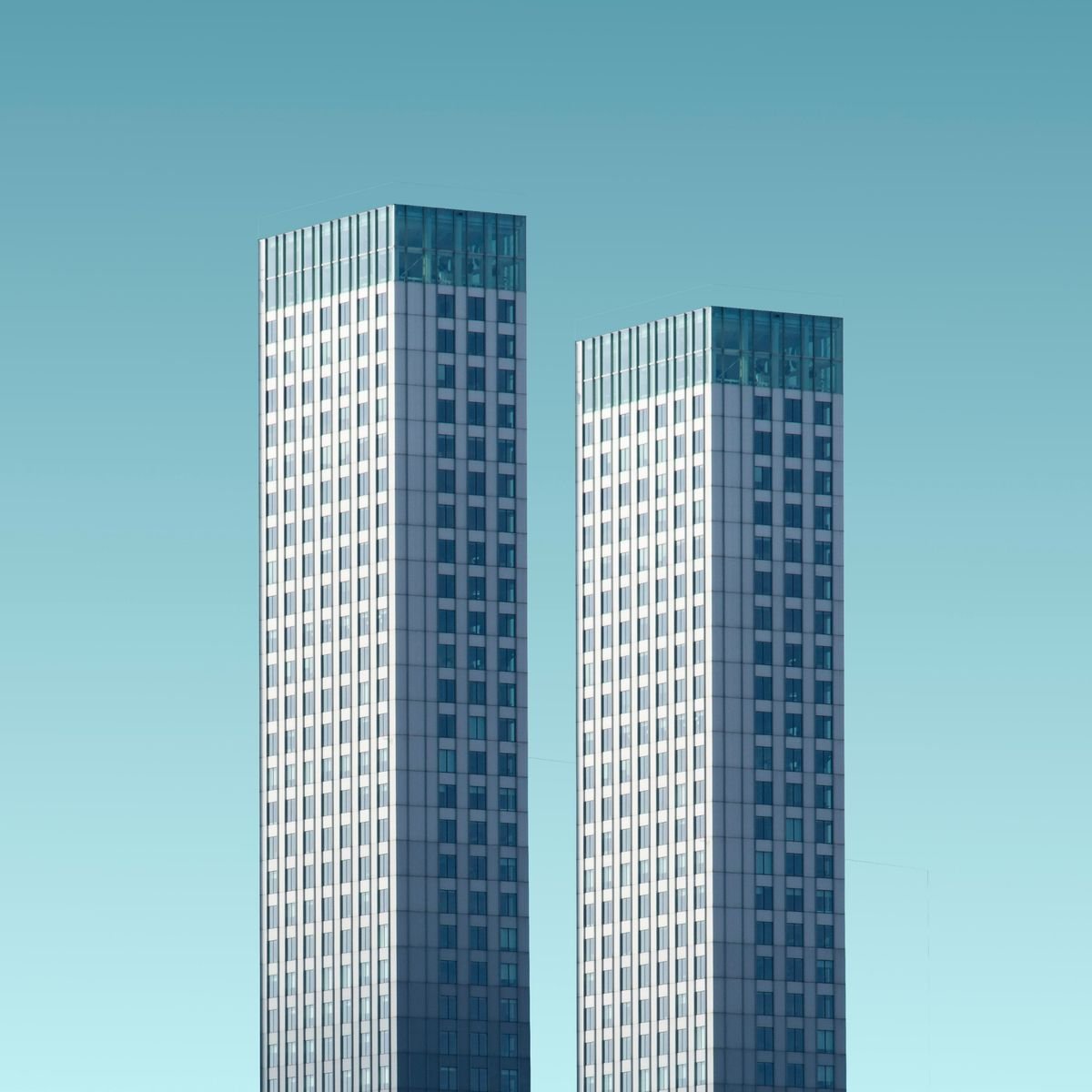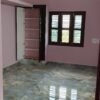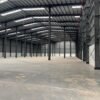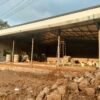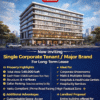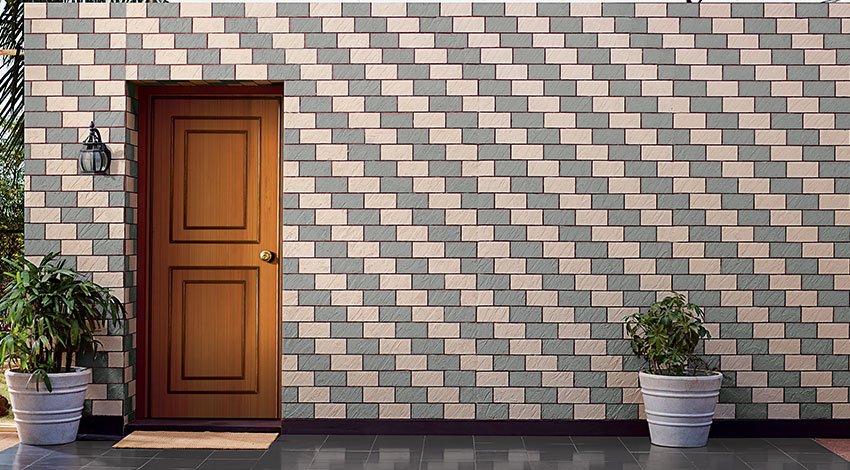
Best Painting Varieties for Homes & Commercial Buildings
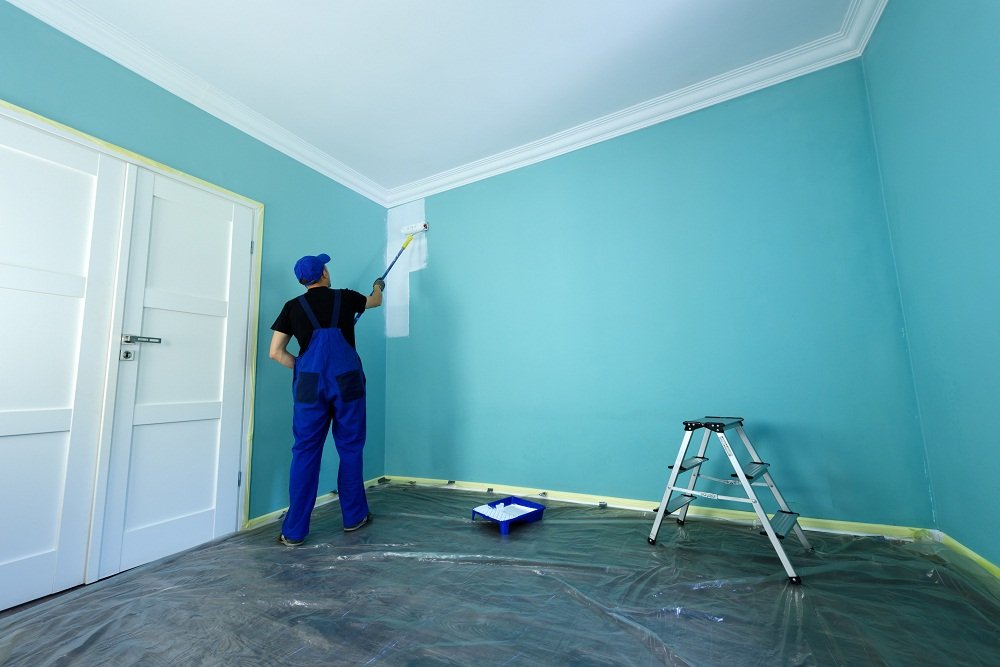
1. Interior Paints
- Distemper Paint – Economical, basic wall finish, not very durable.
Definition: A traditional water-based paint made with chalk, lime, and natural pigments.
Cost: Very economical compared to emulsions.
Finish: Provides a basic, matte wall finish.
Durability: Low – it fades quickly, peels off in moisture, and is not washable.
Best Use: Temporary constructions, low-budget projects, or areas where repainting is frequent.
Drawback: Not suitable for damp areas (bathrooms, kitchens, exteriors).
- Emulsion Paint – Most common, washable, stain-resistant, smooth finish.
A water-based paint with synthetic resins, pigments, and binders, making it stronger than distemper.
Cost: Moderate (higher than distemper but cheaper than premium paints).
Finish: Smooth, elegant look with options like matte, satin, or glossy finish.
Durability: High – washable, stain-resistant, and long-lasting.
Best Use: Interior walls, ceilings, and even exteriors (special weatherproof emulsions available).
Advantages: Low odor, quick drying, wide color range, eco-friendly (low VOC).
Drawback: Slightly costlier than distemper and may need primer for best results.
- Plastic Paint – Premium option, highly durable, glossy look.
A premium-quality water-based paint made with acrylic resins that gives a rich and glossy look to walls.
Cost: Higher than emulsion paints but worth it for durability and luxury finish.
Finish: Shiny, smooth, and glossy appearance that enhances interiors.
Durability: Very high – long-lasting, washable, resistant to stains, moisture, and fading.
Best Use: High-end homes, offices, showrooms, and areas where an elegant look is desired.
Advantages: Excellent coverage, easy to clean, wide shade variety, luxurious finish.
Drawbacks: Costly compared to emulsion/distemper; surface preparation is necessary.
- Textured Paint – Decorative, gives patterns/designs on walls.
A decorative wall paint that contains special additives to create unique patterns, designs, and 3D effects on walls.
Cost: Higher than regular emulsion and plastic paints due to design and material.
Finish: Stylish, artistic look with textures like sand, stone, fabric, metallic, or abstract patterns.
Durability: High – resistant to minor scratches and hides surface imperfections.
Best Use: Accent walls, living rooms, feature walls in bedrooms, offices, hotels, and showrooms.
Advantages: Adds luxury appeal, customizable designs, long-lasting finish, covers uneven surfaces.
Drawbacks: Expensive, requires skilled painters, not easy to repaint or remove.
- Enamel Paint – For wood, metal, and trims; glossy and hard finish.
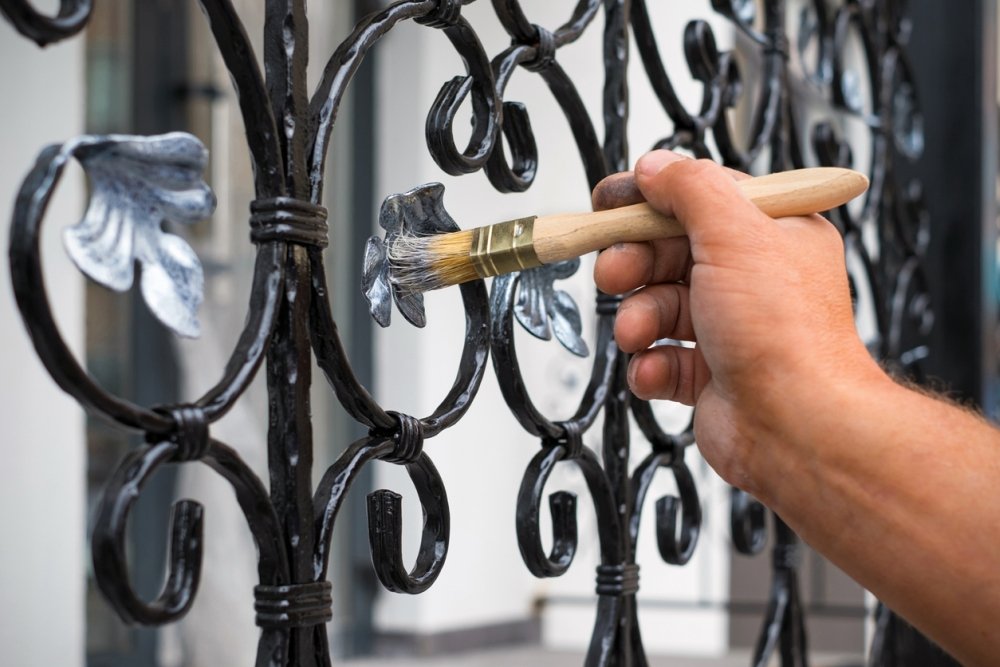
An oil-based or synthetic resin-based paint known for its glossy, hard, and durable finish. Commonly used on wood, metal, and trims.
Cost: Moderate to high, depending on the brand and type (oil-based or water-based enamel).
Finish: Glossy or semi-gloss finish that gives surfaces a polished and smooth look.
Durability: Very high – resistant to moisture, heat, stains, and wear & tear.
Best Use: Doors, windows, railings, grills, furniture, trims, and sometimes on walls for a shiny effect.
Advantages: Strong protective layer, easy to clean, enhances surface appearance, long-lasting.
Drawbacks: Oil-based enamel takes longer to dry, may have odor, and requires thinner/turpentine for cleaning.
2. Exterior Paints
- Cement Paint – Waterproof, good for walls exposed to sun & rain.
A water-based paint made from white cement, color pigments, and additives, specially designed for exterior walls.
Cost: Economical compared to emulsions and weatherproof paints.
Finish: Matte, rough, and non-reflective surface.
Durability: Moderate – provides waterproofing and UV resistance but needs reapplication after a few years.
Best Use: Exterior walls, boundary walls, terraces, and areas exposed to heavy sun and rain.
Advantages: Waterproof, affordable, prevents fungus growth, and protects walls from weather damage.
Drawbacks: Limited shade variety, rough finish, not suitable for interiors, and prone to fading over time.
- Acrylic Exterior Paint – Flexible, prevents cracks, UV-resistant.
A water-based paint made with acrylic resins, designed to withstand harsh outdoor conditions.
Cost: Mid to high range, depending on brand and quality.
Finish: Smooth and elegant, available in matte, satin, or glossy variants.
Durability: High – flexible coating prevents surface cracks, highly UV-resistant, and long-lasting.
Best Use: Exterior walls of residential and commercial buildings, high-rise apartments, and villas.
Advantages: Protects against fading, cracking, and peeling; wide color range; quick drying; eco-friendly.
Drawbacks: More expensive than cement paint; requires skilled application and primer for best results.
- Weatherproof Paint – Long-lasting, prevents fading, algae, and dampness.
A premium exterior paint formulated with advanced polymers to protect walls from extreme weather conditions like heavy rain, sunlight, and humidity.
Cost: Higher than acrylic and cement paints, but offers long-term value.
Finish: Smooth and rich appearance, available in matte, satin, and glossy options.
Durability: Very high – long-lasting protection against fading, peeling, algae, and dampness.
Best Use: Exterior walls of houses, apartments, commercial complexes, coastal areas, and regions with heavy rainfall.
Advantages: Waterproof, UV-resistant, anti-fungal, maintains color brightness for years, low maintenance.
Drawbacks: More expensive; requires proper surface preparation and primer for best performance.
- Silicone-based Paint – High water repellency, premium finish.
A high-performance exterior paint formulated with silicone resins that provide excellent water repellency and weather resistance.
Cost: Premium – more expensive than cement, acrylic, and standard weatherproof paints.
Finish: Smooth, luxurious, and long-lasting appearance with superior sheen retention.
Durability: Extremely high – resists rainwater penetration, UV rays, dust, algae, and fading for many years.
Best Use: Premium residential buildings, commercial complexes, villas, and structures in heavy rainfall or coastal regions.
Advantages: Outstanding waterproofing, breathable film (allows trapped moisture to escape), self-cleaning properties (dirt washes away with rain), long life span.
Drawbacks: High cost; requires skilled application and proper surface preparation.
- Textured Exterior Paint – Adds rich look, hides uneven surfaces.

A decorative paint designed for outer walls, made with special additives to create patterns, depth, and a premium textured effect.
Cost: Higher than regular exterior paints due to design and material.
Finish: Stylish, rough-to-touch surface that enhances the richness of building exteriors.
Durability: High – protects against cracks, fading, and weather damage while hiding uneven surfaces.
Best Use: Exterior feature walls, villas, apartments, hotels, commercial buildings, and accent walls.
Advantages: Luxurious look, customizable designs, conceals surface imperfections, durable in all weather.
Drawbacks: Expensive, requires expert painters, difficult to repaint once applied.
3. Specialty Paints
- Anti-fungal / Anti-bacterial Paint – Good for damp areas like bathrooms & kitchens.
A specialized paint formulated with antimicrobial agents that prevent the growth of fungus, mold, and bacteria on wall surfaces.
Cost: Slightly higher than regular emulsion paints, but affordable compared to premium coatings.
Finish: Smooth and hygienic surface, available in matte or satin finishes.
Durability: High – long-lasting protection in moisture-prone areas.
Best Use: Bathrooms, kitchens, hospitals, schools, basements, and damp interiors.
Advantages: Prevents mold, fungus, and bacterial growth; improves indoor air quality; protects health; easy to clean.
Drawbacks: Limited color range compared to decorative paints; slightly costlier than normal emulsion.
- Heat Reflective Paint – Reduces heat absorption, ideal for rooftops.
A specialized paint formulated with heat-reflective pigments that reduce solar heat absorption and keep buildings cooler.
Cost: Higher than regular exterior paints but cost-saving in the long run (reduces electricity bills).
Finish: Smooth, light-colored reflective coating, usually available in white or pastel shades.
Durability: Very high – UV-resistant, weatherproof, and long-lasting.
Best Use: Rooftops, terraces, industrial sheds, exterior walls exposed to direct sunlight.
Advantages: Lowers indoor temperature, energy-efficient, reduces air-conditioning costs, eco-friendly.
Drawbacks: Limited color options, premium pricing compared to normal exterior paints.
- Fire Retardant Paint – Protects against fire hazards, used in commercial spaces.
A protective paint formulated with special chemicals that resist the spread of flames and reduce fire hazards.
Cost: Premium – more expensive than standard paints due to advanced fire-resistant technology.
Finish: Smooth or semi-gloss finish, available in limited colors.
Durability: Very high – provides long-lasting fire protection along with basic wall durability.
Best Use: Commercial buildings, offices, factories, kitchens, warehouses, theaters, and high-rise apartments.
Advantages: Slows down fire spread, enhances building safety, reduces heat damage, complies with fire safety standards.
Drawbacks: Higher cost, limited design options, must be applied by professionals for maximum effectiveness.
- Eco-friendly Paint – Low VOC, safe for health & environment.
A sustainable paint made with natural ingredients and low or zero VOC (Volatile Organic Compounds), ensuring safety for health and the environment.
Cost: Slightly higher than standard emulsion paints but affordable compared to premium specialty paints.
Finish: Smooth, elegant surface available in matte, satin, or semi-gloss finishes.
Durability: High – long-lasting with minimal odor and safe composition.
Best Use: Homes, schools, hospitals, kids’ rooms, offices, and eco-conscious projects.
Advantages: Non-toxic, odorless, safe for children and pets, reduces indoor air pollution, biodegradable.
Drawbacks: Limited shade variety compared to synthetic paints, may be costlier than regular emulsions.
- Metallic Paint – Shiny finish, often used for modern designs.

A decorative paint infused with fine metallic particles that create a shiny, reflective finish, giving walls and surfaces a luxurious modern look.
Cost: Premium – more expensive than emulsion and plastic paints due to its rich finish.
Finish: Glossy, shimmering, and light-reflective appearance.
Durability: High – resistant to stains and easy to clean, though best for interiors.
Best Use: Feature walls, showrooms, hotels, offices, luxury homes, ceilings, and décor highlights.
Advantages: Adds glamour and sophistication, available in gold, silver, copper, bronze, and other metallic shades; enhances interior design.
Drawbacks: Expensive, not suitable for all wall types, requires skilled application for even finish.
4. Finish Types
- Matte Finish – Non-reflective, smooth look.
- Satin Finish – Soft sheen, easy to clean.
- Glossy Finish – Bright & shiny, highlights details.
- Eggshell Finish – Mild shine, balance between matte & gloss.
- India Becomes World’s 3rd Largest Economy: Latest Global Rankings 2025
- Latest Property Rental Policy in Andhra Pradesh: What Tenants and Landlords Must Know in 2025
- S.P. Balasubramaniam గారికి తమిళనాడు ఇచ్చిన గౌరవం – హృదయాలను హత్తుకున్న ఆదర్శం
- Kanipakam Set for Major Transformation: 5-Year Master Plan Aims to Develop
- S.P. Balasubrahmanyam: A Pan-India Cultural Icon Beyond Linguistic Boundaries





